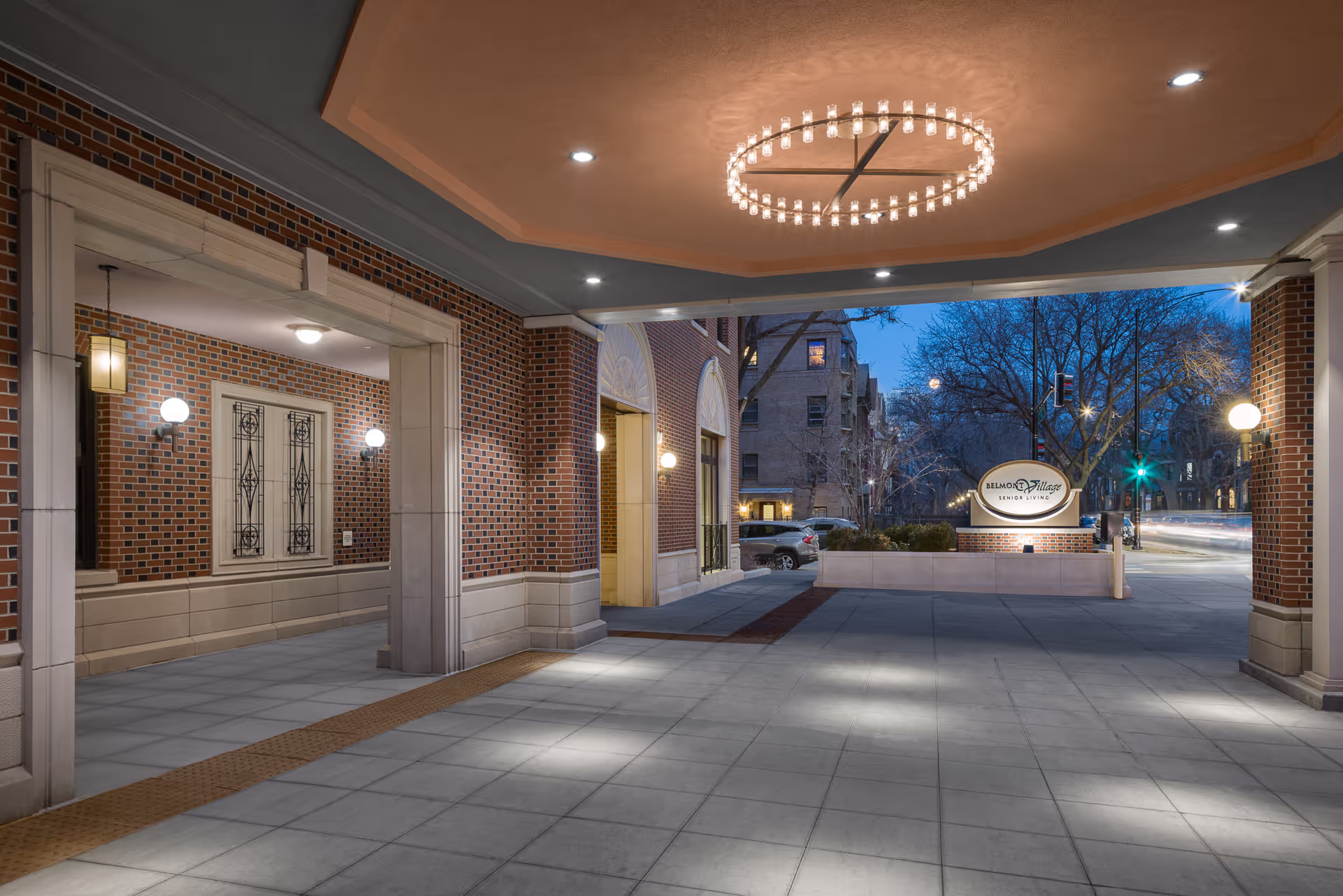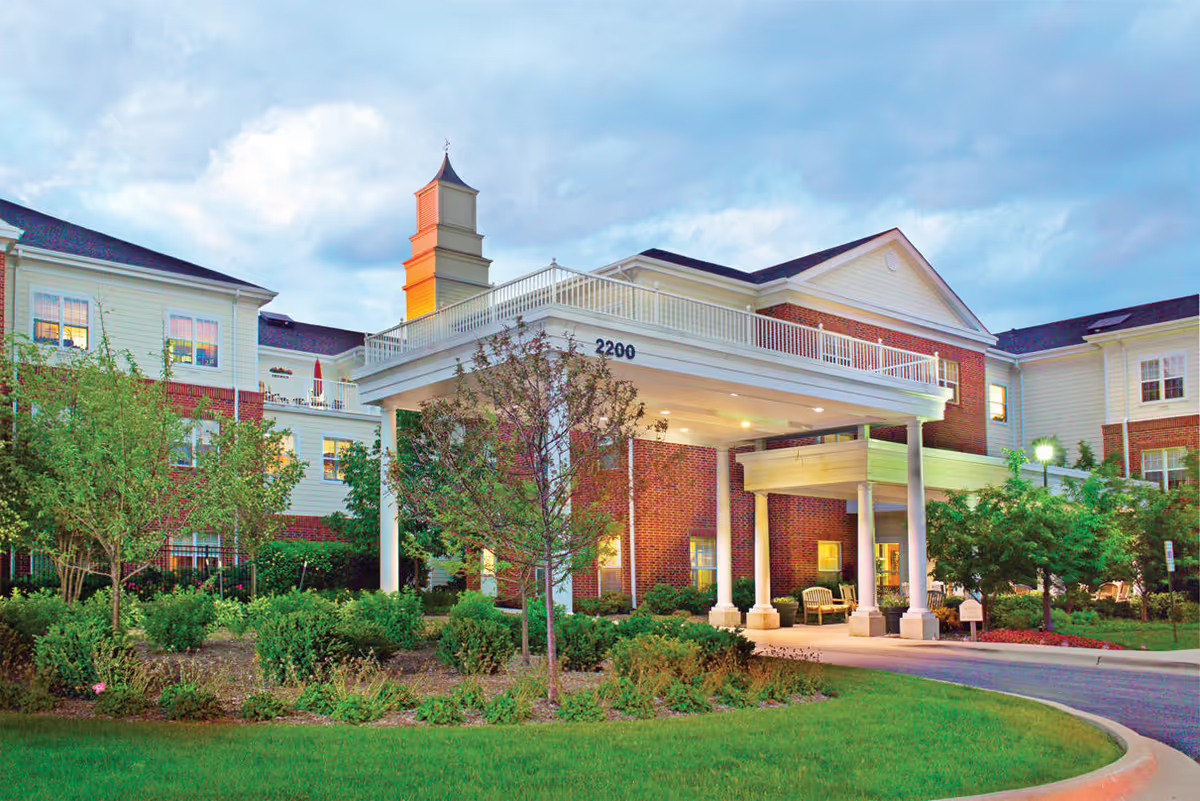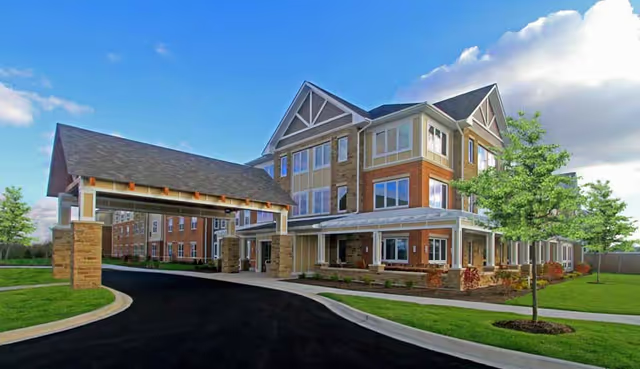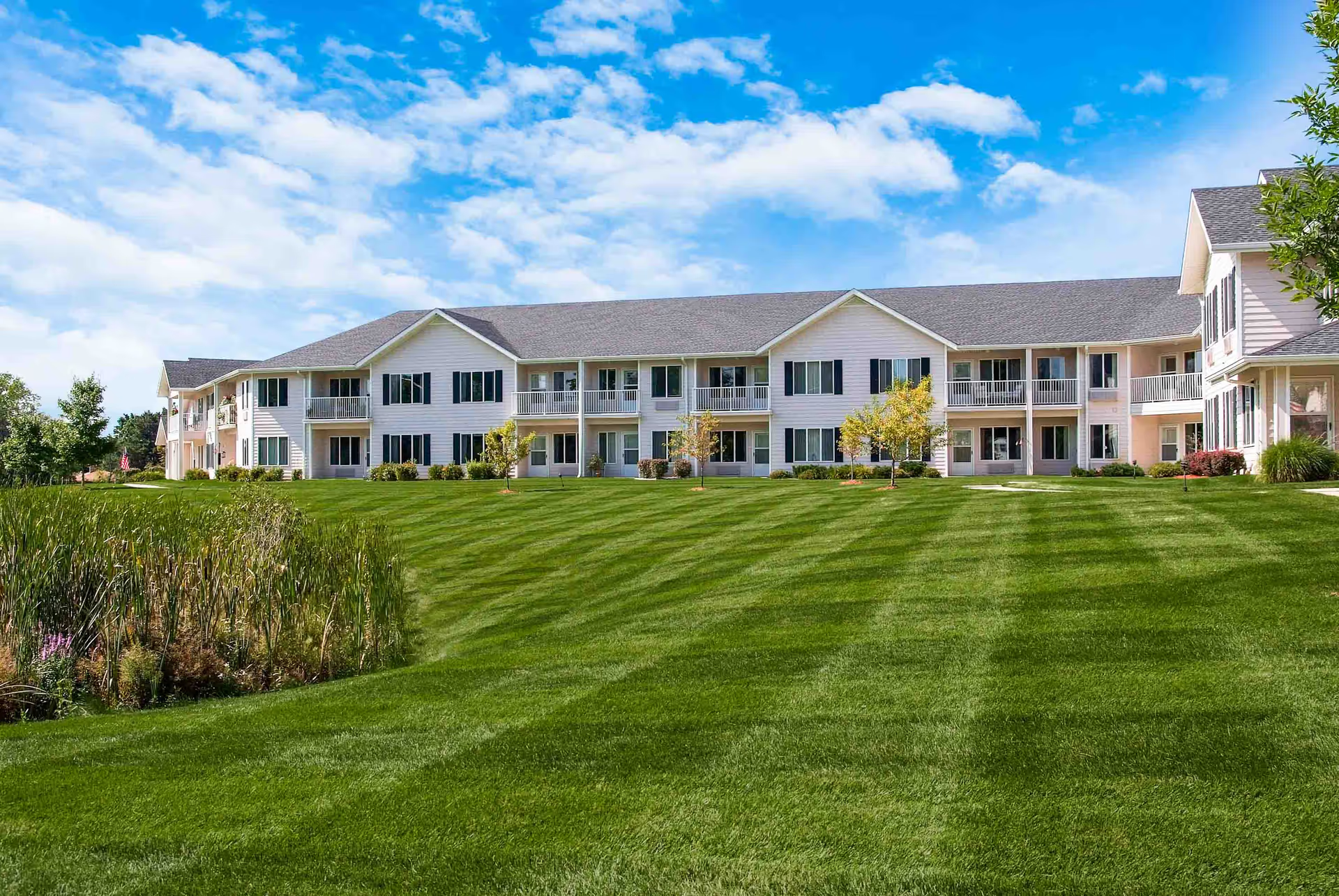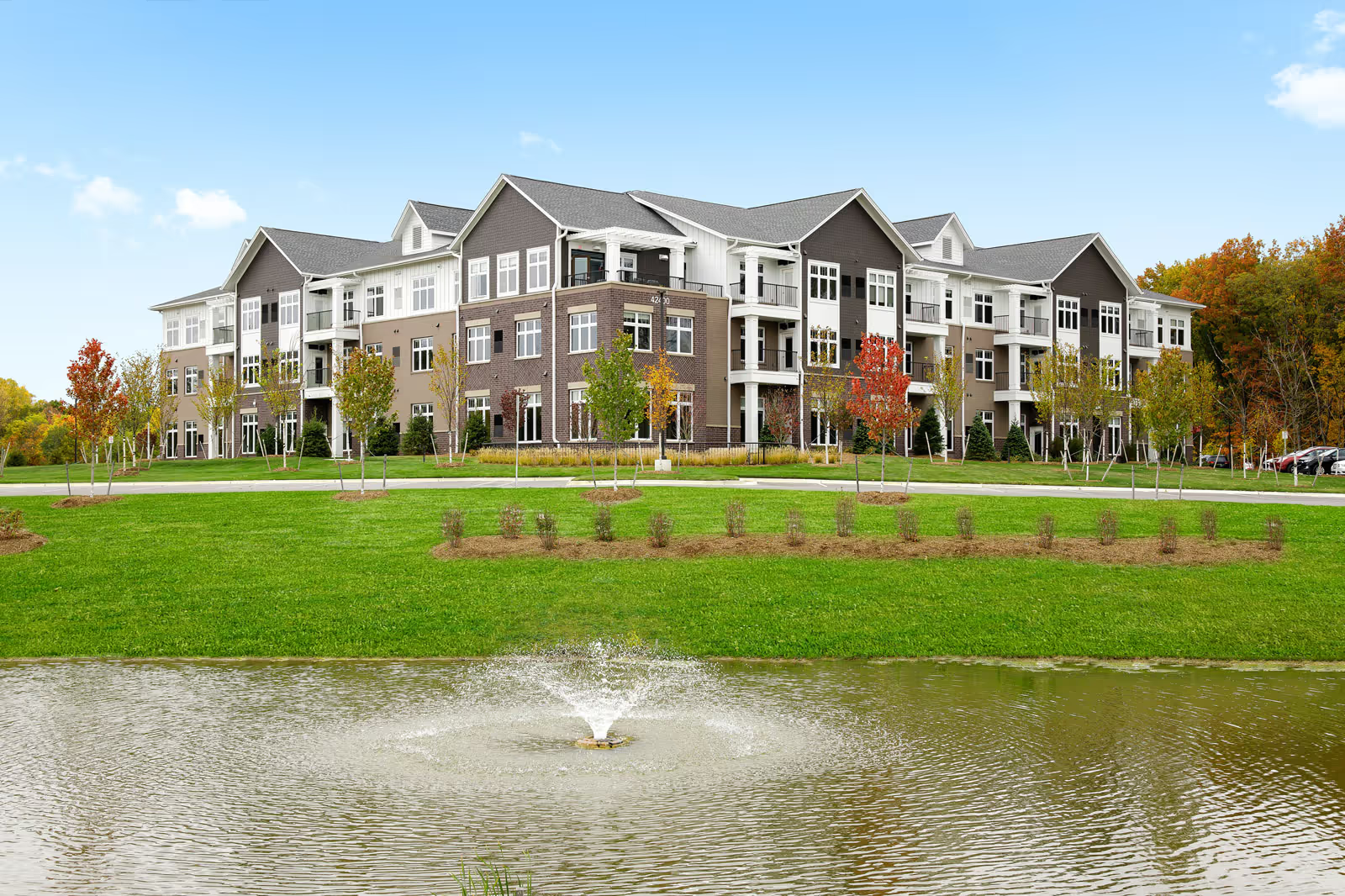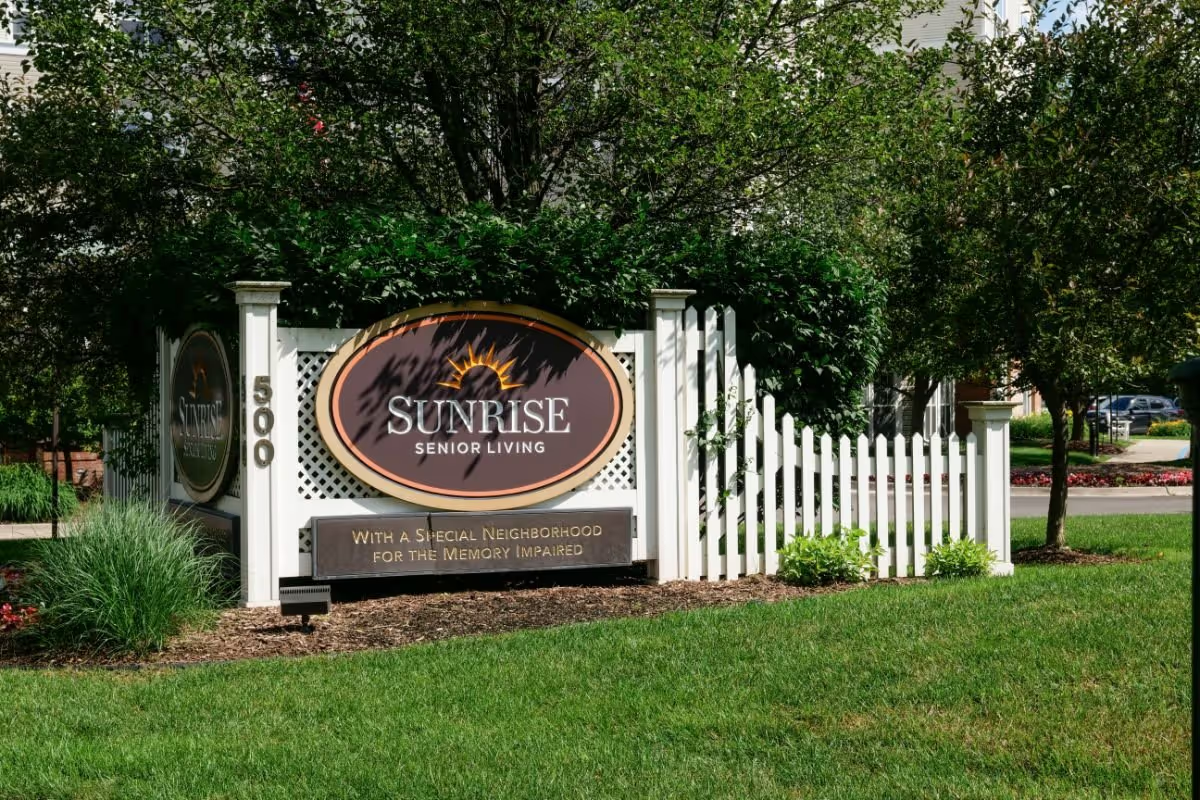Overall impression: The reviews for Rittenhouse Village at Portage present a strong mixed-to-positive overall sentiment with a clear clustering of praise around the community atmosphere, staff engagement, and activities, balanced by recurring and sometimes serious concerns primarily centered on memory-care operations, care consistency, cleanliness, and administrative issues. A significant majority of reviews emphasize kind, dedicated, and personable staff who create a family‑like community. At the same time, a noticeable minority reports critical safety incidents, medication errors, and operational lapses that materially impact resident welfare.
Staff and care quality: Staff character and engagement are the most consistently praised elements. Many reviewers highlight staff members who "go above and beyond," individualized attention, and specific employees and directors (frequently Danielle, Amanda, and other named caregivers) who receive repeated positive mentions. Numerous families describe staff as compassionate, welcoming, and professional — helping residents transition, personalizing care, and providing emotional support. Several reviews also note an on‑site RN and experienced nursing leadership, which some families cite as evidence of high clinical oversight.
However, multiple reports describe uneven care quality. Recurrent complaints about rushed aides, staff shortages (especially in memory care and hard-to-fill positions), aides using cell phones while working, and insufficient time for basic tasks like toileting and showers create a pattern of inconsistent caregiving. More severe incidents are reported in a subset of reviews: medication errors (including narcotics) leading to emergency room visits, delayed restroom assistance resulting in accidents, unexplained bruising, and at least one account of bedbugs. These issues indicate lapses in supervision, training, or staffing levels in specific shifts or units. Notably, memory-care experiences are polarized: some families characterize the memory-care unit as "top‑notch" with active, safe programming and dedicated staff, while others describe it as understaffed, chaotic, depressing, and disengaged.
Safety, belongings, and housekeeping: Several reviewers express serious concerns about safety responses (life alerts not always answered promptly, fears around falls and reporting) and missing personal items. Laundry losses, missing undergarments, towels, and clothing are specifically mentioned multiple times. Housekeeping receives mixed feedback: many reviews praise spotless corners, pleasant smells, and clean apartments, while others report strong odors (including urine smell in memory care), dirty carpets, soiled residents due to missed care, and intermittent poor cleaning performance. The coexistence of high marks for cleanliness with distinct reports of poor housekeeping suggests inconsistent standards or variability between shifts or staff members.
Facilities and amenities: The physical plant is frequently praised. Many reviewers describe the facility as newly built or well‑designed with a hotel‑like aesthetic, spacious apartments and villas (including walk‑in closets and private baths), attractive dining rooms, outdoor patios, and maintenance that is responsive. Transportation, field trips, and community events are highlighted as major amenities. A number of families appreciate the location and logistical conveniences (near hospitals, VA services, bus access).
Activities and community life: Programming and social life are clear strengths. The community runs a broad and active calendar — bingo, trivia, craft activities, themed parties (Hawaiian luau, Christmas celebrations), choirs, day trips, and community partnerships are frequently cited. Many reviewers credit the activities staff with high energy and creativity; involvement at events and numerous outings are consistently mentioned as reasons residents thrive socially and form friendships. That said, activity quality and participation are sometimes uneven by unit: while independent and assisted living residents often report high participation and stimulation, several reviews call out memory-care programming as empty or ineffective, with residents sleeping or disengaged during activities.
Dining and nutrition: Opinions on meals are mixed. Several families praise warm, nutritious meals, restaurant‑style dining, accommodating dietary restrictions, and pleasant meal service staff. Others find the food repetitive, heavy on fried or "meat-and-potatoes" fare, or insufficient for diabetic needs; complaints about overcooked vegetables and inconsistent chef quality appear. This variability suggests the dining experience can depend on sensory preferences, dietary requirements, and occasional changes in kitchen staff.
Administration, communication, and billing: Administrative responsiveness is another area of divergence. Many reviewers report fast admissions, clear tours, informative staff, and management who respond to concerns. Conversely, others report billing errors, bookkeeping problems, and a few instances where directors were perceived as unresponsive or favoritism and mistreatment of staff. This mix indicates generally competent administration with occasional operational or financial control lapses that families should verify when considering placement.
Patterns and risk areas: The dominant positive themes are staff compassion, activity programming, facility design, and a strong community feel. The dominant negative themes revolve around memory-care consistency, staff shortages, medication and safety incidents, cleanliness lapses, and missing personal belongings. Because several reviews describe serious safety-related incidents (medication errors, delayed care causing accidents, unreported falls, and soiling due to missed care), these areas represent material risk factors and should be prioritized by prospective families evaluating the community.
Bottom line and recommendations for families: Rittenhouse Village at Portage appears to offer an attractive, activity-rich environment with many devoted staff members and strong social programming; many families report excellent experiences and would highly recommend it. At the same time, a nontrivial number of reviews describe safety, staffing, and operational failures—especially in memory care—that have led some families to move their loved ones out. Prospective residents and families should weigh the strong positives against the documented inconsistencies.
When evaluating the community in person, focus your questions and observations on the patterns above: ask about staff‑to‑resident ratios (especially in memory care and evenings/nights), incident and medication error reporting processes, how laundry and personal possessions are tracked and returned, protocols for bathing and toileting assistance, life‑alert and emergency response times, housekeeping schedules and oversight, dietary accommodations for conditions like diabetes, and recent staff turnover or training programs. Request references from current families in both assisted‑living and memory‑care units, ask for evidence of RN oversight and medication management procedures, and observe activity participation in the memory-care neighborhood during a visit. These targeted inquiries will help determine whether the overwhelmingly positive community-level features are consistently applied to the level of care your loved one needs, and whether the documented concerns have been addressed systemically.
